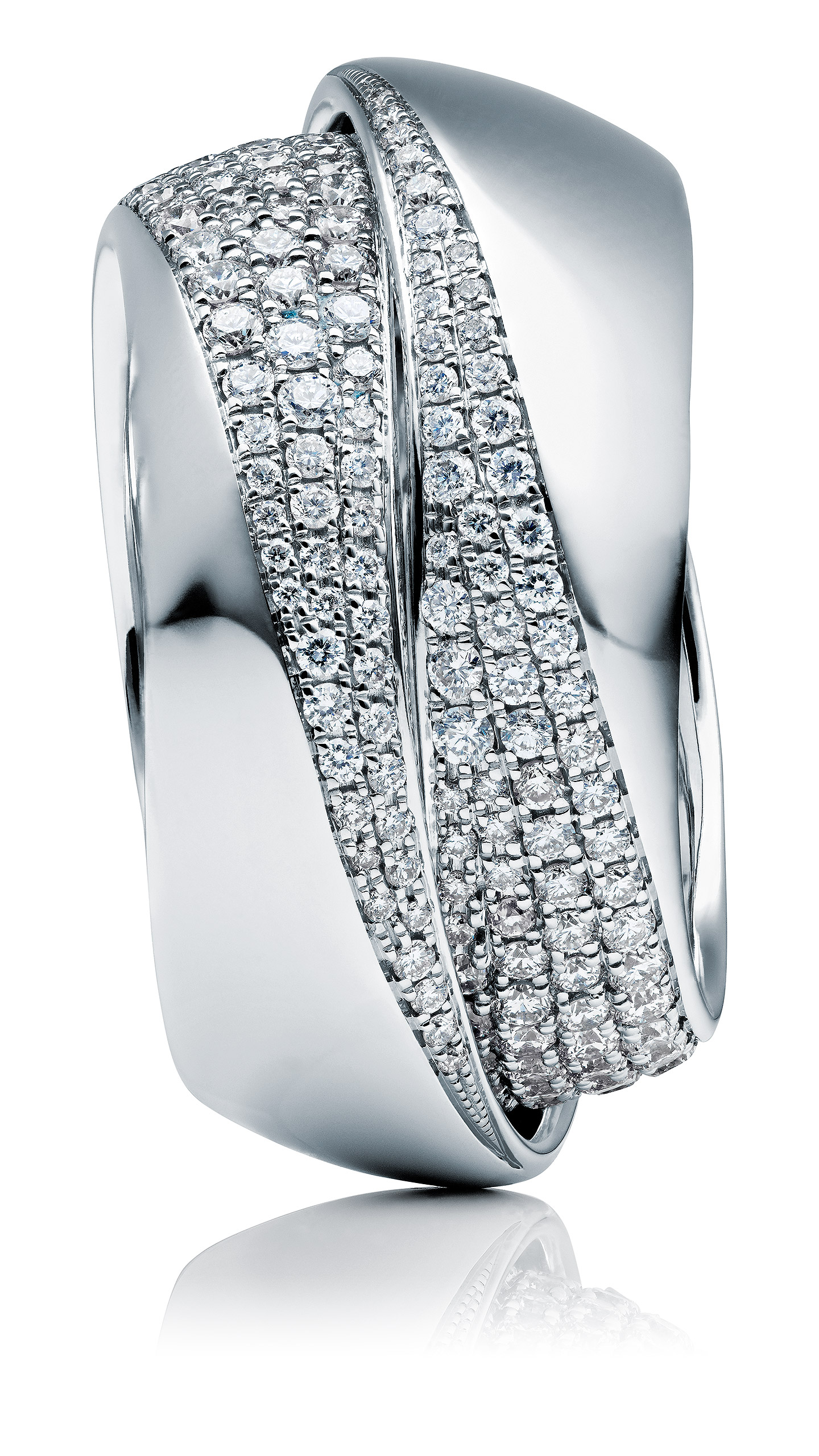History of Scandinavian jewellery
Scandinavia has among the oldest and most prestigious jewellery traditions in Europe. Scandinavian gold jewellery, as supreme symbols of power and rank, dates back to the Bronze Age era (1700 – 520 BC) and reaches in prehistoric times a peak during the Gold Age era (400 – 550 AD), when Scandinavia is flooded by gold as war booty and payment for military services. Right from the start, Scandinavian jewellery speaks the language of power and riches. Its function is primarily ritual, and jewellery objects are often sacrificed to the gods.
From the beginning, Scandinavian jewellery design is inspired by the natural world and characterised by purity of line, the hallmark of Scandinavian artistic expression. Examples witnessing the skills of the ancient jewellers, with object details barely visible to the naked eye and much admired by todays high-end jewellery craftsmen, are the unique gold collar masterpieces of Västergötaland and Öland, sometimes regarded as Sweden’s oldest regalia.
The central role of jewellery objects as symbols of power and rank among the Scandinavian elite persists over the Viking era (800 – 1050 AD), the Medieval era (1050 – 1520 AD), and the Swedish Empire era (1611 – 1718 AD), and reaches an apogee during the Enlightment era (1700-1800 AD) under the french-speaking Swedish King Gustaf III (1746 – 1792 AD).
Scandinavian jewellery design, with its characteristic purity of form and avant-garde expression, has since the 18th century continued to challenge itself and its times. It is now widely recognised internationally as a frontline contemporary expression of art with a unique 3000 years heritage.
